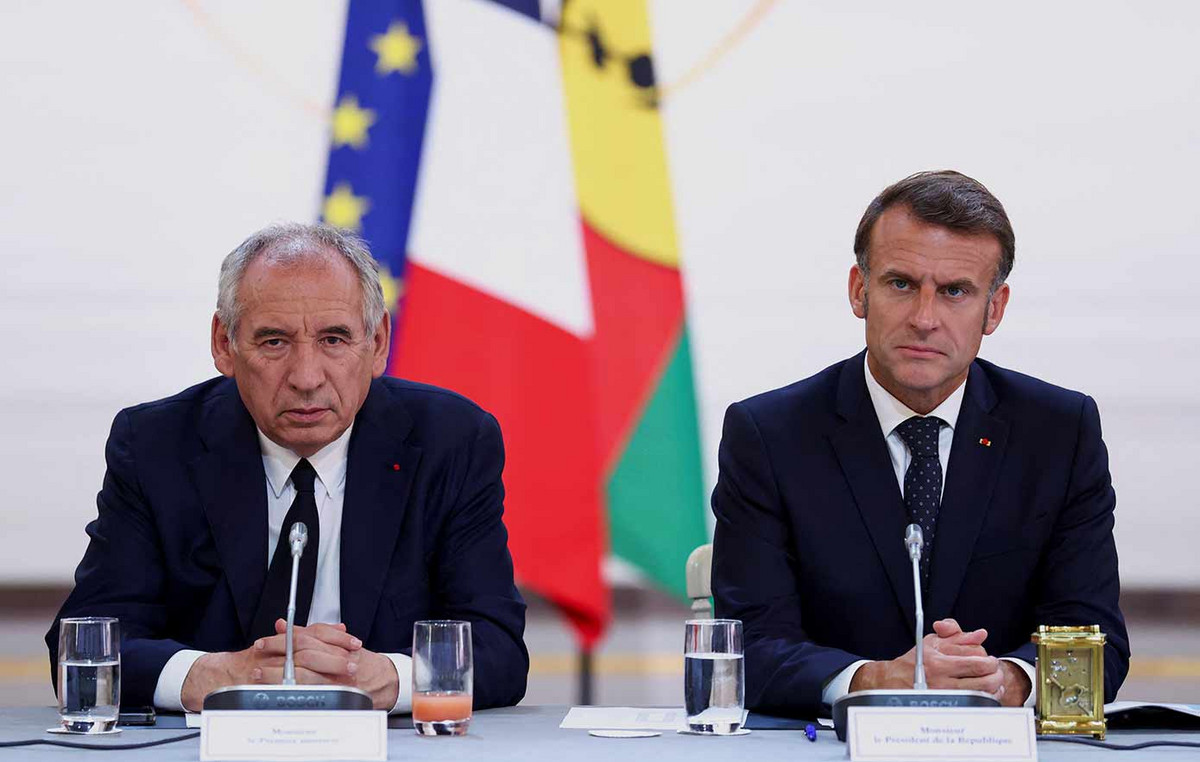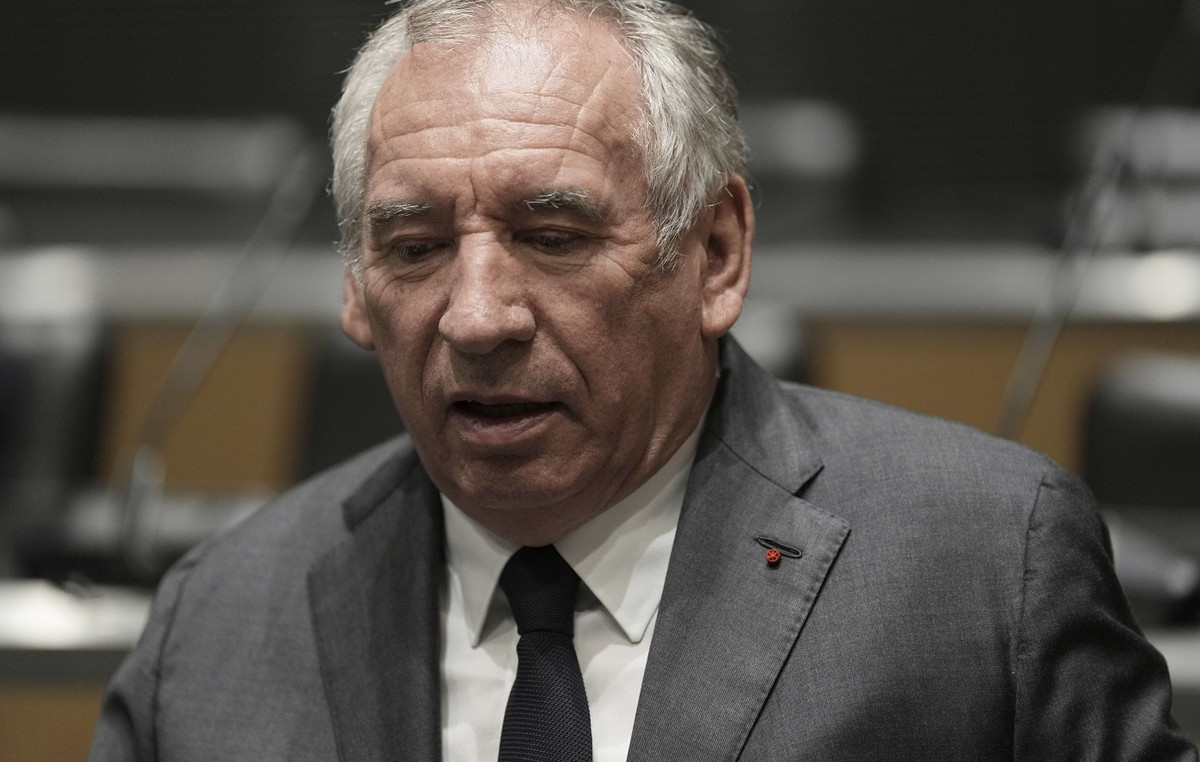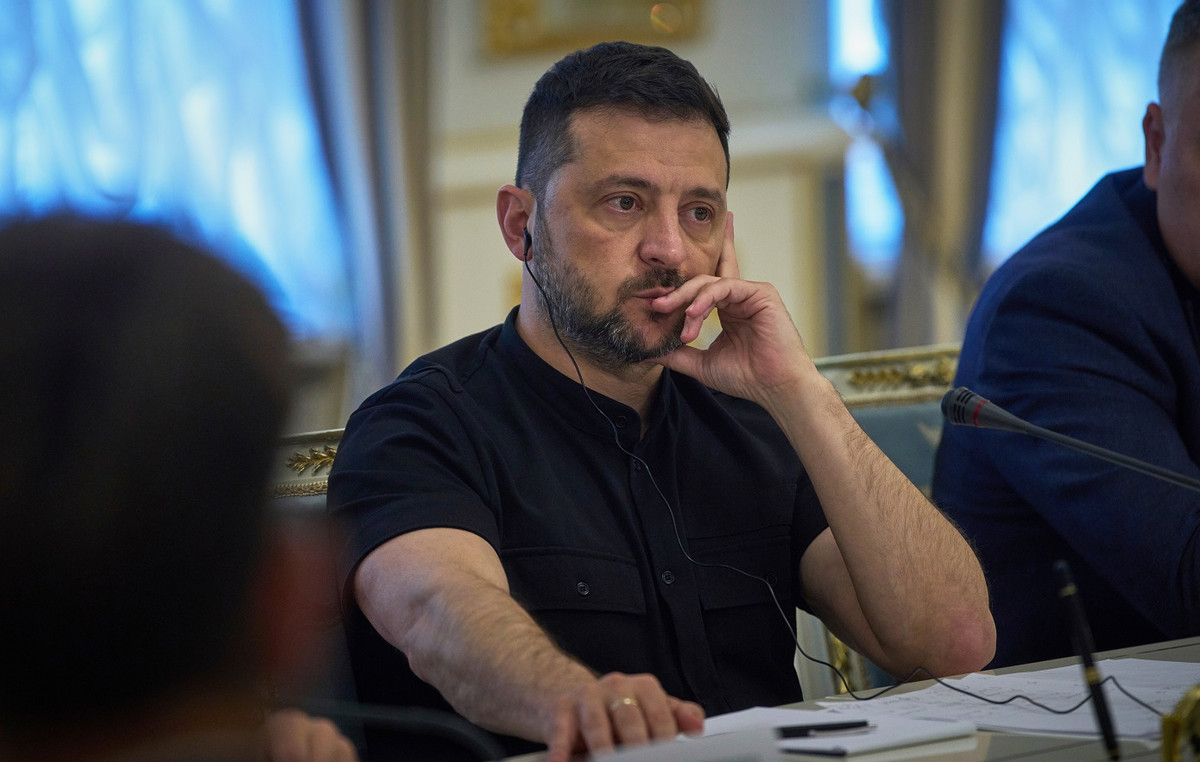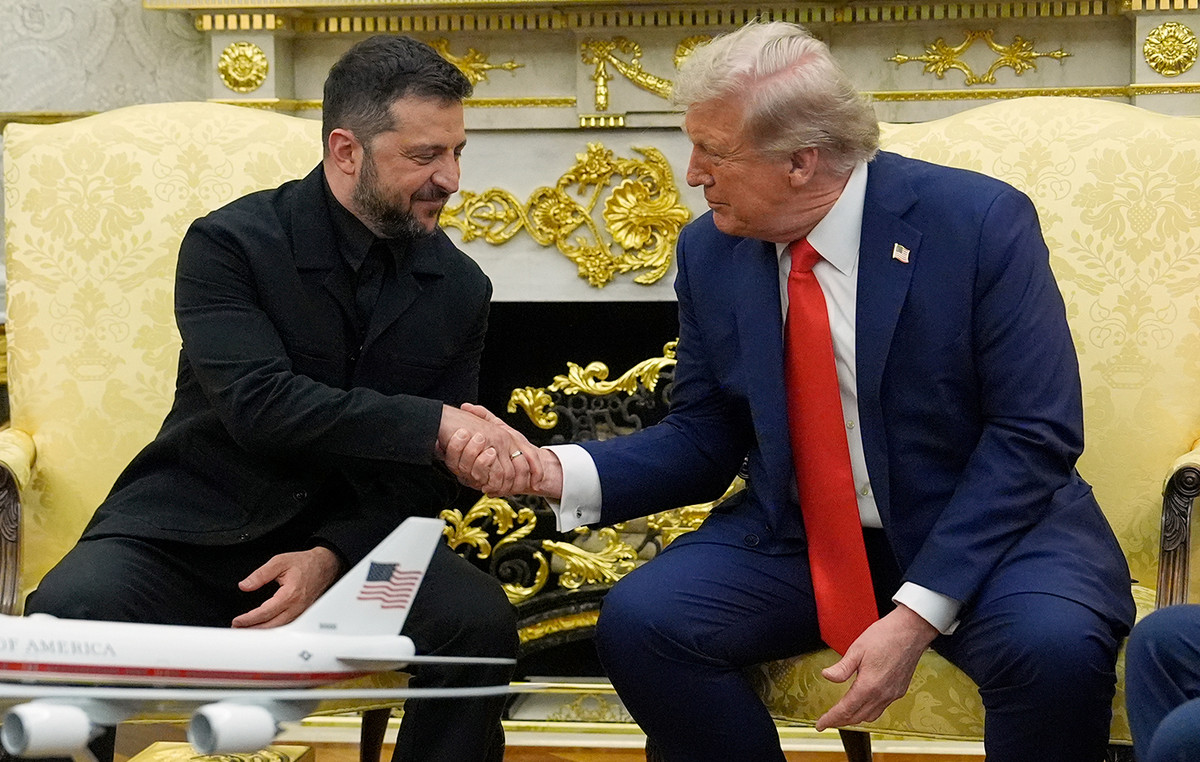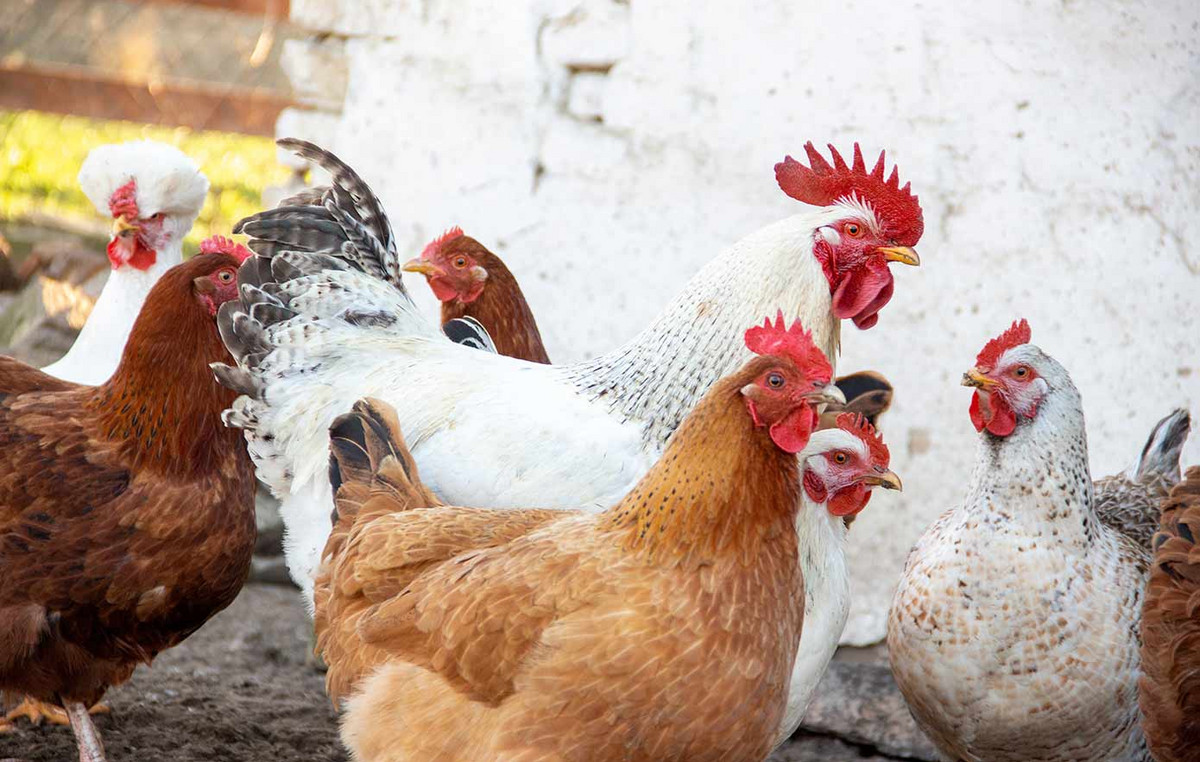THE dollar had a year of appreciation against the real in 2021. So far, the increase has been more than 6%, going from R$ 5.20 at the beginning of the year to R$ 5.70 currently.
And experts heard by CNN Brasil Business claim that, in 2022, the US currency should still remain above R$ 5. According to them, there is some room for decline, especially with the high cycle of fees which is expected to continue into 2022, but internal and external factors limit this effect.
Internally, the main factor to consider is the election year, with a polarized dispute. Already abroad, any change in the monetary policy of U.S, especially in interest, should negatively impact the real against the dollar.
Performance in 2021
Ricardo Teixeira, coordinator of the MBA in Financial Management at FGV, says that the quotation of a currency is always based on a “reality and an expectation”. In general, when the two converge, there is stability in the variations.
This has not been the case for the real against the dollar in recent years. Although internal factors contribute to this, the greatest weight is still from the pandemic and its consequences.
“In 2020 and 2021 we had an atypical situation in the world due to the pandemic. We didn’t know how the economies would react, what would have to be regular supply and affected supply. As a result, oscillations started to occur”, says Teixeira.
According to him, the scenario has become more predictable over time, and the situation is now closer to stability. However, any news related to the theme, such as the emergence of a new variant, reactivates fears and favors the dollar, a currency traditionally used as protection by investors.
But the dollar didn’t reach $5.70 recently just because of external factors. For André Perfeito, chief economist at Necton, Brazil “exports two things, commodities and interest rates”.
“The years 2021 and 2020 had what I call the lowest Selic that ever existed. The very low level has a certain effect on the exchange rate, and this hit so as to devalue the real. But Brazil has good external fundamentals, the trade balance is positive and reserves are at comfortable levels”, he says.
He claims that the devaluation turned out to be a result of this “experimental interest rate”. At the same time, as much as the central bank able to raise it, there are still factors that bring risk and instability, in particular political and fiscal uncertainties and, therefore, interest rates alone cannot reduce the dollar back to the pre-pandemic level.
Internal scenario in 2022
The scenario in Brazil must have two major elements that will influence the behavior of the dollar against the real in 2022.
On the one hand is the interest rate, which is going through one of the most intense upward cycles amid high inflation. In theory, a high Selic attracts more foreign investment, as the yield on bonds from the treasure it is linked to it, which increases the inflow of dollars and increases the value of the real.
Perfect says that this scenario brings a more optimistic perspective for 2022. The expectation of high exports with commodities it also favors the exchange rate, as there is more inflow of dollars. THE expectation of falling inflation it is also a positive point, according to him.
Teixeira, on the other hand, says that “when the interest rate rises, what one tries to do is contain a high inflation rate” that we are seeing happen. “We know that with an increase in the Selic, depending on the level, the exchange rate may have an advantage to stabilize or reduce a little due to the inflow of foreign capital”.
The most likely, according to him, is that the cycle will increase stability in exchange rate variations, but not necessarily lead to relevant falls. The exchange rate, for him, is at a high level, where new bumps should not be expected, unless there are surprises.
Among these surprises are the elections in 2022. For the economist at Necton, Brazil enters 2022 with “declining real income, weak job vacancies, rising interest rates and weak GDP.” This environment makes, according to Perfeito, “a liberal proposal is a bad thing to sell in 2022.”
With that, he claims that favoritism would come from opposition candidates more to the left, but that, at the same time, the market has reduced the fear regarding the chances of victory in a political field with proposals traditionally farther removed from economic liberalism, the which can avoid large exchange and investment fluctuations.
Another important factor is the Brazilian fiscal issue. For him, what worries the market most is the lack of a “clear plan” in relation to public spending and investments. The absence of a plan creates uncertainty, which leads to the withdrawal of national and foreign investments, and an increase in the dollar.
At the same time, economic reforms considered important for the market, such as tax and administrative, did not advance in 2021. The outlook is that this will not change in an election year, which is negative for investors.
The professor assesses that pressures on the dollar are “normal” in election years, but that it is also necessary for Brazil to have a plan to benefit from the global economic recovery, which should stimulate the economy and investments, something that would favor an appreciation of the real .
“At this point, the exchange rate would fall if the flow of foreign capital increased. With the pandemic, this is not happening anywhere in the world. It is not at a level of world economic activity that allows us to imagine that the Brazilian economy will strengthen”, he says.
He says that Brazil can become an attractive economy for investors, but that this depends on a thriving domestic market and production conditions, two factors affected by high inflation and interest rates.
Thinking about the external environment, the big factor linked to the dollar is the monetary policy of the United States. Traditionally, interest rate hikes in the country attract foreign investors by making Treasury bonds – Treasuries – more attractive.
This implies, however, the withdrawal of investments in other markets, such as Brazil, and an appreciation of the dollar against these currencies. The current expectation is that with a inflation at record levels, The Federal Reserve increase interest rates in the second half of 2022.
“The US central bank is going to raise interest rates, it is expected, but it should do it safely. It’s not something quick, because you know that if it’s quick it can lead to a financial crisis. I don’t think the US policy is out of control”, says André Perfeito.
Teixeira says that, in general, a small rise in interest rates already changes international capital flows, but it is necessary for central banks to work “to prevent this rise from being harmful”.
The professor says that the global picture still has many uncertainties, especially due to the pandemic. When the first news about the Ômicron variant emerged, for example, the dollar rose. This picture affects the currencies of all countries, not just Brazil.
With that, there is a combination of international uncertainties with the pandemic, national uncertainties with the elections and, at the same time, the effects of the high interest rates in Brazil and the possible increase in the United States.
This set, according to Teixeira, means that “in the short term, the chance of the dollar falling below R$ 5 is small”. Along the same lines, Perfeito projects the currency between R$ 5.30 and R$ 5.40 at the end of next year, believing that the biggest factor that will weigh on the currency is the high interest rate.
In a report published in December, XP Investimentos cited a picture of exchange rate depreciation in emerging countries with the prospects of a faster normalization of US monetary policy and the news about the Ômicron variant.
“It is too early, however, to say that this will be a trend for the coming months,” according to the report. The company’s economists claim that, with external and domestic uncertainties for next year, the projection for the exchange rate is R$ 5.70 in 2022.
The Brazilian Association of Financial and Capital Markets (Anbima) projects the dollar at R$ 5.60 at the end of 2022, with the association’s economists projecting a more unfavorable scenario for emerging countries.
Reference: CNN Brasil
I am Sophia william, author of World Stock Market. I have a degree in journalism from the University of Missouri and I have worked as a reporter for several news websites. I have a passion for writing and informing people about the latest news and events happening in the world. I strive to be accurate and unbiased in my reporting, and I hope to provide readers with valuable information that they can use to make informed decisions.

